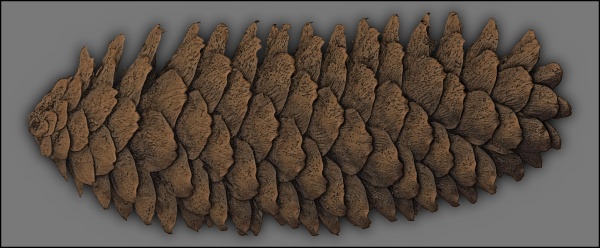Illustration of Complex Real-World Objects using Images with Normals
International Symposium on Non-Photorealistic Animation and Rendering (NPAR), August 2007

Abstract
This paper investigates the creation of non-photorealistic illustrations
from a type of data lying between simple 2D images and full 3D models:
images with both a color (albedo) and a surface normal stored at each
pixel. Images with normals combine an acquisition process only mildly
more complex than that for digital photographs (and significantly easier
than 3D scanning) with the power and flexibility of tools similar to
those originally developed for full 3D models. We investigate methods
for signal processing on images with normals, developing algorithms for
scale-space analysis, derivative (i.e., curvature) estimation, and
segmentation. These are used to implement analogues of stylized
rendering techniques such as toon shading, line drawing, curvature
shading, and exaggerated shading. We also introduce new stylization
effects based on multiscale mean curvature shading, as well as
fast discontinuity shadows.
We show that our rendering pipeline can produce detailed yet
understandable illustrations in medical, technical, and archaeological
domains.
Paper
Data
- RGBN datasets accompanying the above paper
Citation
Corey Toler-Franklin, Adam Finkelstein, and Szymon Rusinkiewicz.
"Illustration of Complex Real-World Objects using Images with Normals."
International Symposium on Non-Photorealistic Animation and Rendering (NPAR), August 2007.
BibTeX
@inproceedings{Toler-Franklin:2007:IOC,
author = "Corey Toler-Franklin and Adam Finkelstein and Szymon Rusinkiewicz",
title = "Illustration of Complex Real-World Objects using Images with Normals",
booktitle = "International Symposium on Non-Photorealistic Animation and Rendering
(NPAR)",
year = "2007",
month = aug
}